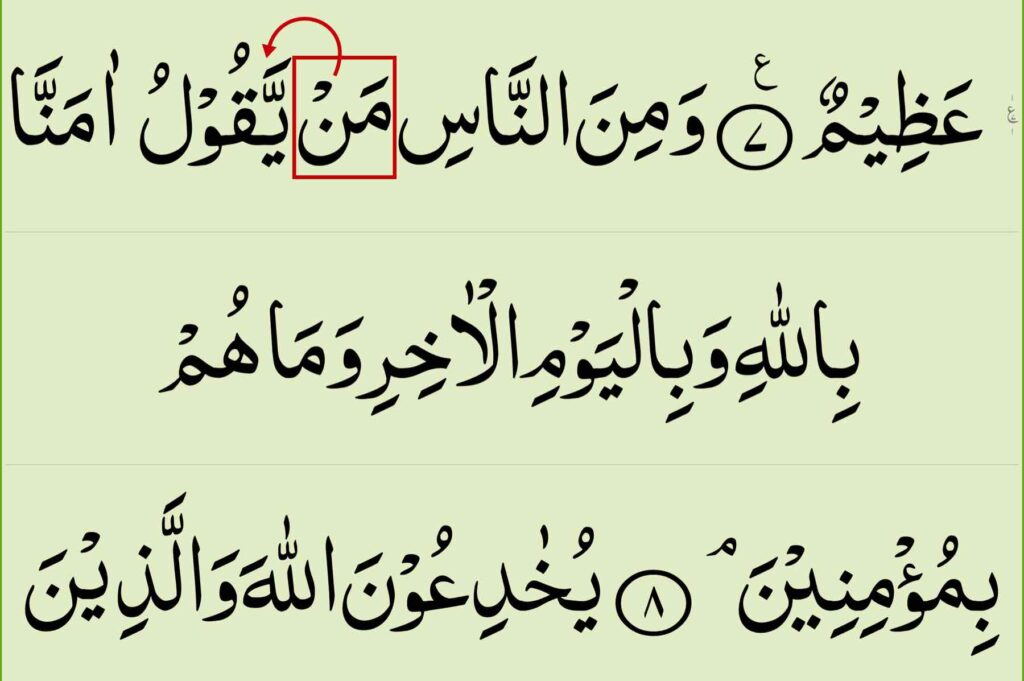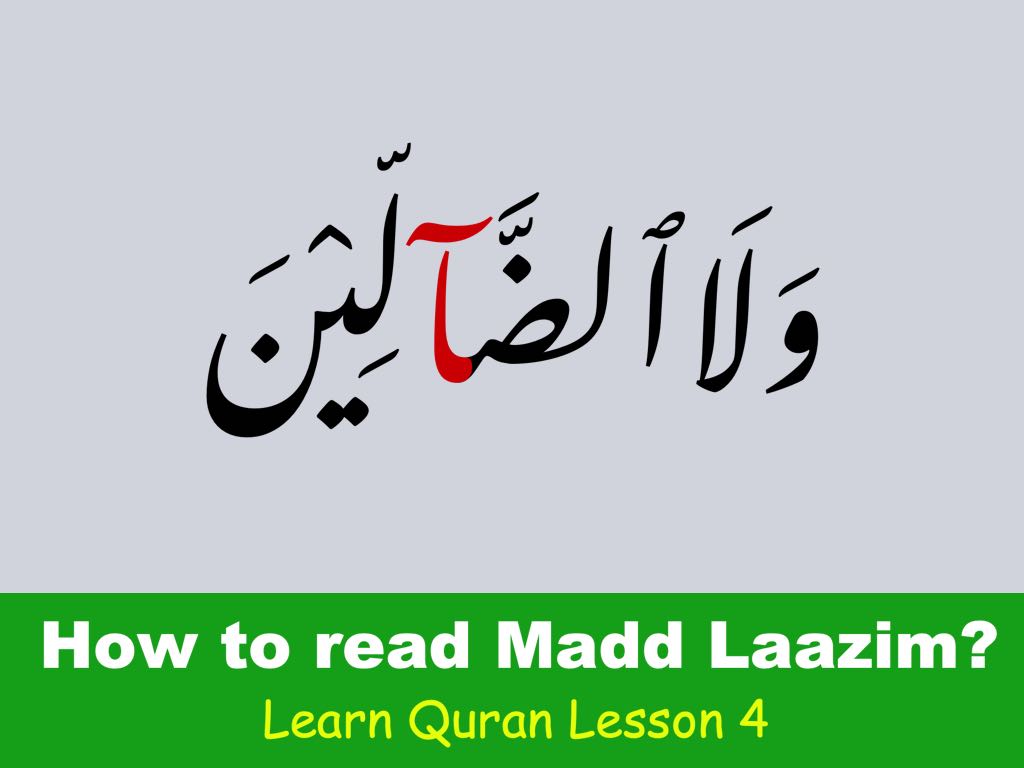If you’re learning to read the Quran with Tajweed, understanding Noon Saakin and Meem Sakinah rules is a must.
These rules show up all the time in the Quran. And once you’ve mastered Harakat, Sukoon, and Madd, this is your next step.
Let’s walk you through it in a simple way.
Video Lessons: Learn By Watching
We’ve arranged the Noon Sakinah and Meem Sakinah lessons in an easy-to-follow video playlist.
Feel free to jump in, but we recommend watching in order so you understand each rule one by one.
What is Noon Saakin (Noon Sakinah)?
Noon Saakin (also spelled Noon Sakinah) refers to a Noon (نْ) with no Harakat on it – it simply carries a Sukoon.
You might also hear it called Noon Sukoon.
Here’s something cool: remember Tanween from the Harakat lessons?
Those symbols actually have an implied Noon sound at the end.
Examples:
- بً (ban)
- بٍ (bin)
- بٌ (bun)
In all these, the “n” sound comes from an invisible Noon.
How to Apply Noon Saakin Rules in Quran
When reading the Quran, if you find a Noon Saakin or a Tanween, check the next letter carefully.
There are four possible rules to apply, depending on which letter comes after the Noon.
Let’s break it down.
Rule 1: Merge (Idghaam)
If the next letter is one of these six: ي، ر، م، ل، و، ن, merge the Noon into the next letter.
These are called the YARMOLOON letters.
The sound of Noon disappears and blends with the following letter.
Example: In Surah Al-Baqarah [2:8] – you’ll find this applied clearly.
Pro Tip: This is one of the trickiest Tajweed rules. But once you get it, your recitation will sound much smoother.

Rule 2: Clear Sound (Izhaar)
When a throat letter comes after Noon Saakin or Tanween, pronounce the Noon fully and clearly.
There are six throat letters:
ء، ه، ع، ح، غ، خ
These letters come from deep within your throat, so we let the Noon sound come out clearly.
Rule 3: Hide the Noon (Ikhfaa)
If the next letter isn’t a throat letter or a Yarmoloon letter, you’ll apply Ikhfaa, or hiding the Noon.
This means the Noon won’t be pronounced clearly – it blends softly, with a nasal sound.
Rule 3a: Light and Heavy Ghunnah
- If the next letter is light, the Ghunnah (nasal sound) will be light. Example: أَنْشَرَ
- If it’s heavy, the Ghunnah will be heavier. Example: فَنْصَبْ
Rule 3b: Special Case with Kaaf and Qaaf
These two letters (ك، ق) require a special sound.
You raise the back of your tongue to make the sound deeper. The Ghunnah will come from your nose, not your mouth.
Rule 4: Change to Meem (Iqlab)
When ب (Ba) comes after a Noon Saakin or Tanween, you don’t pronounce the Noon at all.
Instead, you change it into a Meem sound with nasal Ghunnah.
This rule is called Qalb or Iqlab (meaning to change).
So basically, Noon becomes Meem when it meets Ba.
Meem Sakinah Rules
Before diving into Meem Sakinah, make sure you’re solid with Noon Saakin rules. They form the base.
Now, what is Meem Sakinah?
It’s the letter Meem (مْ) with a Sukoon – just like Noon Saakin, it has no Harakat.
How to Apply Meem Sakinah Rules:
Just like with Noon Saakin, the rule depends on the next letter.
Rule 1: Meem After Meem
If another Meem comes after the Meem Sakinah, you merge them. The sound doubles with a strong nasal Ghunnah. Example: مَّا
Rule 2: Meem Followed by Ba
This time, you make a nasal sound between Meem and Ba.
It’s a soft Ghunnah, not a full merge. Example: أَمْبَرَ
Rule 3: Meem Followed by Other Letters
Just pronounce the Meem clearly – no Ghunnah or hiding.
Once you master these Noon Sakinah and Meem Sakinah rules, your Tajweed will take a huge leap forward.
Don’t rush. Take one rule at a time. Practice often. And keep listening to expert reciters to train your ears. This is where beautiful Quranic recitation truly begins.





